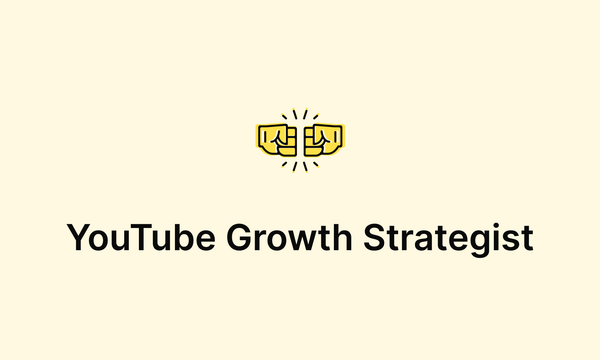Building a cash buffer without slowing your growth

Big paydays feel great, but they don’t protect you when a platform pays late or a sponsor drags their feet.
A cash‑flow buffer of three to six months of your normal business costs, kept in a separate account, turns those delays into small headaches instead of full‑blown emergencies.
Why a buffer matters
A project can be profitable on paper, yet still push your bank balance to zero. Cash in the bank solves three problems:
- Creative freedom – you can take a week to polish a new series instead of rushing out another quick video for rent money.
- Stronger deals – you can wait for the right brand offer instead of saying yes to the first lowball pitch.
- Planned upgrades – cameras, contractors, or ads happen when they fit your roadmap, not only when extra cash shows up.
How to tell your buffer is too thin:
- Every payment is already spent before it arrives.
- A dip in January ad rates sends you into panic mode.
- You keep moving money from personal savings into the business.
Build an easy safety net
- Add up a normal month’s costs: editing help, software, gear payments, studio rent, the salary you pay yourself, and taxes.
- Pick a comfort level: multiply that monthly number by 3 for a lean cushion, 4‑5 for breathing room, or 6 for maximum calm. Example: $ 8,000 per month × 4 months = $ 32,000 target buffer.
- Send money to the buffer first: Route all income to a business account and move a set amount to the buffer every week or month, just like paying a bill.
- Hold off on nice‑to‑haves: New lights and extra travel can wait until the buffer is at least halfway full.
- Speed up cash in, slow cash out: Invoice brands the moment work is delivered and follow up quickly; ask vendors for 30‑day terms when you can.
When to dip into the buffer and when to leave it alone
Use it for confirmed income that’s delayed, the usual seasonal slump, or a move that clearly earns more money later, such as hiring an editor who frees twenty hours a month. Avoid using it for everyday overspending or risky bets that may not pay off.
Stay on top of the numbers
Keep a simple twelve‑week cash sheet: starting balance, money you expect to receive, money you must pay. Update it once a week. If the forecast shows your cushion shrinking, adjust early, chase invoices faster, or trim a cost before stress shows up.
Remember, stability before scale. A buffer won’t make you rich, but it lets you think long term, turn down bad deals, and take creative risks that move your business forward.
Need help?
Friends We Trust connects professional creators with financial strategists who know how to smooth income swings and build buffers. If you’re ready to swap feast‑or‑famine for steady ground, we’ll introduce you.




